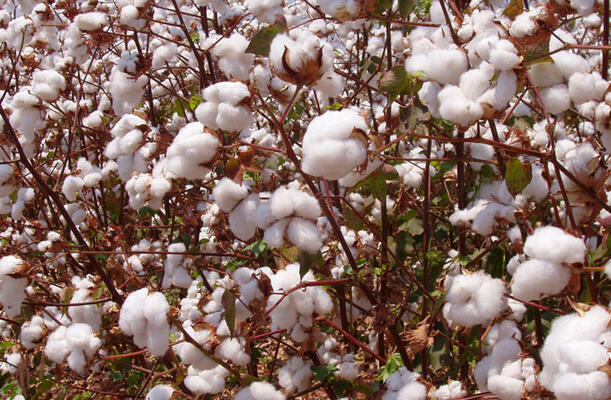
Bangladesh, the world's second-largest garment exporter after China, is undergoing a significant shift in its cotton import strategy. Traditionally, India was the primary source of cotton. However, in recent years, African countries have emerged as the dominant supplier. This trend has major implications for both the Indian and global cotton trade and both economies.
Bangladesh's cotton import scenario
As per USDA data based on Bangladesh NBR as of 2022-23, Bangladesh's cotton import was dominated by Africa, with Western Africa accounting for 39 per cent (Cameroon: 9 per cent, Chad: 3 per cent). Other significant contributors include Brazil (16 per cent), India (12 per cent), and the US (10 per cent).
BTMA’s past data highlights the dramatic change. In 2010, India supplied 22 per cent (over 1.1 million bales) of Bangladesh's cotton needs. This share rose to 55 per cent in 2015 (2.9 billion bales) but has since slumped to just 12 per cent. In the interim African cotton imports have steadily increased over the past decade, driven by factors like competitive pricing and faster delivery times facilitated by warehouses in Port Klang, Malaysia.
Reasons for the shift
There are many reasons behind this shift. One major reason is quality. Bangladeshi manufacturers claim African cotton offers superior quality compared to Indian cotton, leading to better yarn and garment production. "Among the African countries, the quality of cotton from Cameroon is very good followed by Chad and Mali.
But, one of the main reasons behind the increase of cotton exports is African Cotton Association. Members of the organization get special financial assistance from IDB enabling them to export good quality cotton at competitive prices and in a short period of time. And, Bangladeshi mill owners are able to take this advantage," said BTMA president Mohammad Ali Khokon Mohammad Ali Khokon
Uninterrupted supply is another reason as India has a history of export bans to meet domestic demand, disrupting Bangladesh's supply chain. African countries offer consistent supply through IDB-supported warehouses in Port Klang, Malaysia that enable faster and more efficient delivery to Bangladesh compared to traditional Indian routes, points out Khokon.
Moreover, African cotton is considered price competitive with Indian cotton, making the quality advantage even more attractive. The Islamic Development Bank (IDB) provides financial assistance to African cotton associations, allowing them to offer competitive prices to Bangladeshi importers.
Also, Indian cotton suppliers are accused of failing to meet quality standards and delivery commitments, leading to production issues for Bangladeshi mills. "Bangladesh produces yarn from good quality cotton. This is why cotton imports from Africa and America are on the rise," says Bangladesh Knitwear Manufacturers and Exporters Association (BKMEA) executive president Mohammad Hatem.
Impact on cotton trade
For India this means, loss of market share. India's cotton exports to Bangladesh are likely to decline further as Bangladesh diversifies its sourcing strategy. The decline in cotton exports to Bangladesh will impact Indian cotton producers and exporters. They may need to focus on improving quality and reliability to regain Bangladesh's market share.
African cotton producers are likely to benefit from this shift, experiencing increased demand and potentially higher prices. Investment in infrastructure and quality control can further solidify their position.
For Bangladesh this means they have access to higher-quality cotton that allows them to produce better quality yarn and garments, potentially boosting exports. Reduced reliance on a single source mitigates risks associated with potential supply disruptions in India.
The overall impact on the global cotton market is difficult to predict. It may lead to a slight shift in demand patterns, but significant changes are unlikely given Bangladesh's import volume represents a small portion of the global cotton trade.
Indeed, the rise of African cotton producers could reshape global cotton trade dynamics. Increased competition between African and traditional cotton exporters could potentially stabilize or even lower cotton prices.
The future of the global cotton trade hinges on India's ability to adapt to the changing dynamics. By addressing quality concerns, ensuring reliable supply, and fostering trust with Bangladeshi buyers, India can potentially regain its position as a significant cotton supplier. However, Africa's growing prominence and Bangladesh's continued diversification efforts suggest a more competitive and complex global cotton trade landscape in the years to come.












